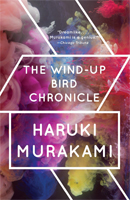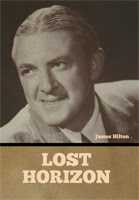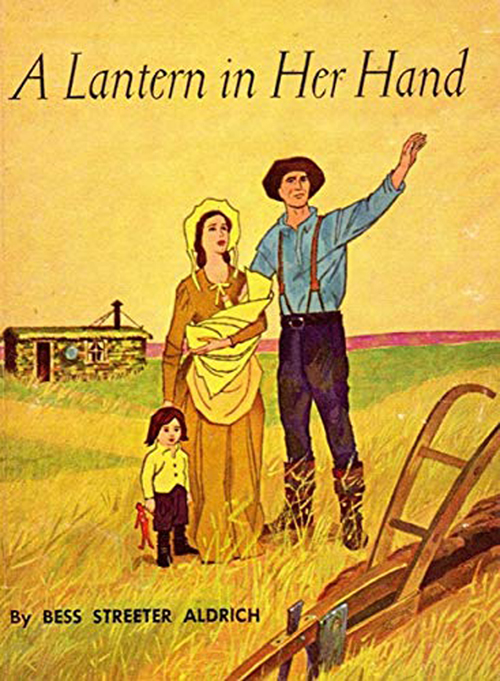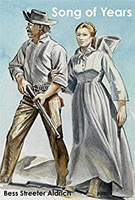
Colorless Tsukuru Tazaki and His Years of Pilgrimage (2013) by Haruki Murakami is a story about lost friendship. In his youth, Tsukuru Tazaki had four close friends: two boys and two girls. Each of his friends’ names has a colorful meaning, while Tsukuru Tazaki’s name is colorless. His male friends are named Akamatsu and Oumi, which mean “red pine” and “blue sea,” respectively. His female friends are named Shirane and Kurono, which mean “white root” and “black meadow,” respectively.
While in college, in 1995, Tsukuru’s friends decide to break ties with him completely. He is left isolated, depressed, and alone. Tsukuru drifts through life, only finding satisfaction in his job as a railroad engineer. Sixteen years later, in 2011, Tsukuru begins dating a woman named Sara who suggests that he track down his friends to learn the truth about why they cut him off. She refuses to commit to a relationship with him until he resolves his issues about this loss.
With Sara’s help, Tsukuru begins to track down his friends. Oumi talks with him and explains that Shirane (Shiro) accused Tsukuru of rape, and that this was why all his friends stopped speaking to him. Six years ago, Shiro was strangled to death. He then visits Aka, who tells Tsukuru that he didn’t believe Shiro’s story. Next, he visits Kuro in Finland. Kuro tells him that Shiro was mentally ill. Although Kuro knew that Tsukuru had not raped Shiro, she said that someone did rape Shiro and that she was pregnant and miscarried. His friends decided to cut Tsukuru off to avoid confronting Shiro and alienating her.
After following Tsukuru’s long quest, I found the explanations dissatisfying and disappointing. The idea that a woman would falsely accuse a friend of rape was disturbing. Moreover, the way Tsukuru viewed women was sexist. This novel was the first Murakami story that I read, and I was expecting a better ending.
Purchase and read books by Haruki Murakami:


© penciledpage.com




















Search This Website